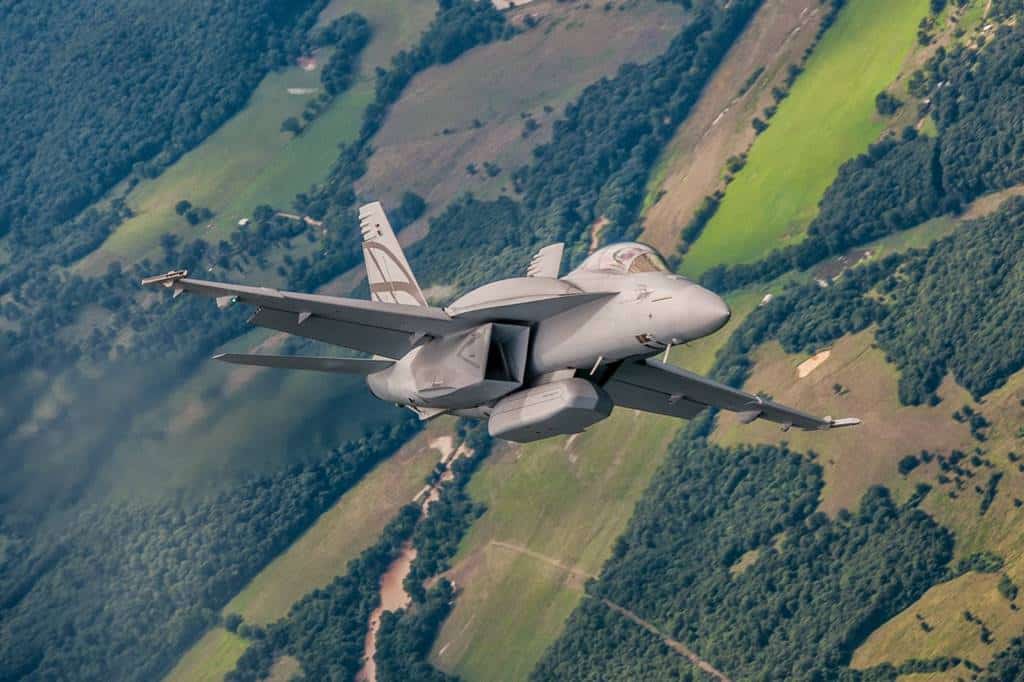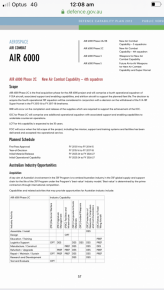Is that basically what the other SH are? Flying spares? Now our F-35A capability is quite strong. They are no doubt useful but with a portion already wired, we could convert one.Seems to me that if they felt it necessary to replace a single aircraft then maybe they need to consider getting a few extra attrition spares or perhaps convert some of the prewired super hornets.
I would imagine if the line was dead, we could possibly bring a retired airframe/ex USN online and convert the RAAF SH to growler. If required. No doubt expensive.
This appears cheaper. Just replace the Growler with a growler.
Complete spare airframes seem like a bit of a waste, particularly for a niche aircraft like this in the RAAF. The Canadians canibalised a lot of their CF-18 across the life, however, the RAAF rarely does that, particularly with US aircraft, when there are other options (bone yard, exUS fleet, new builds etc).
I would imagine the RAAF can manage this across the squadron. However the SH is quite a durable aircraft, with a long service life. Given the role, the loss could have in theory be managed across the other airframes, but this provides the full compliment of airframes. Of all the same lot and configuration.I doubt spares are a big part of the calculation really. They’d have an operational capability they want and then they’d be thinking about how many aircraft to sustain that. That one fewer aircraft means more hours racked up on the other 11, which might be an issue over time.




